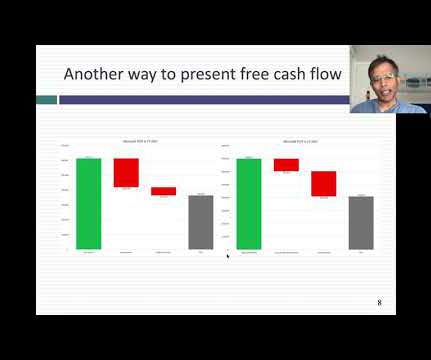Valuation Using Multiples—What Is It and How Does It Work? Core Ideas Explained
Valutico
DECEMBER 15, 2022
Example: Here’s an example of a particular metric you might use: In order to determine the Enterprise Value of the business, you find the EBITDA from the business you’re valuing, and then multiply this by the EBITDA multiple observed from the other comparable companies. Enterprise Multiples – Which To Use?











Let's personalize your content